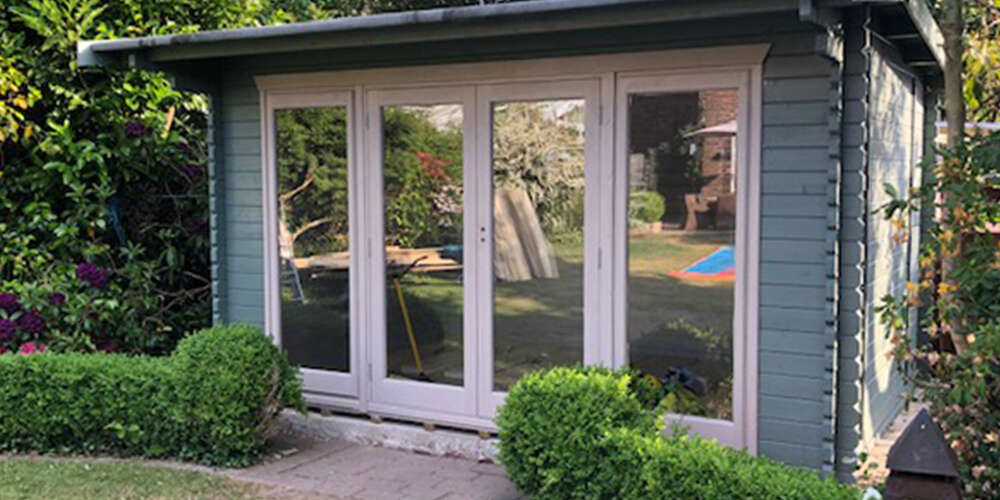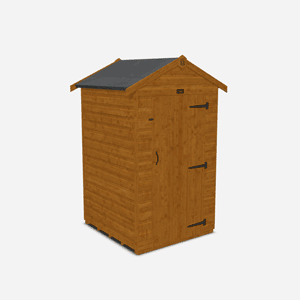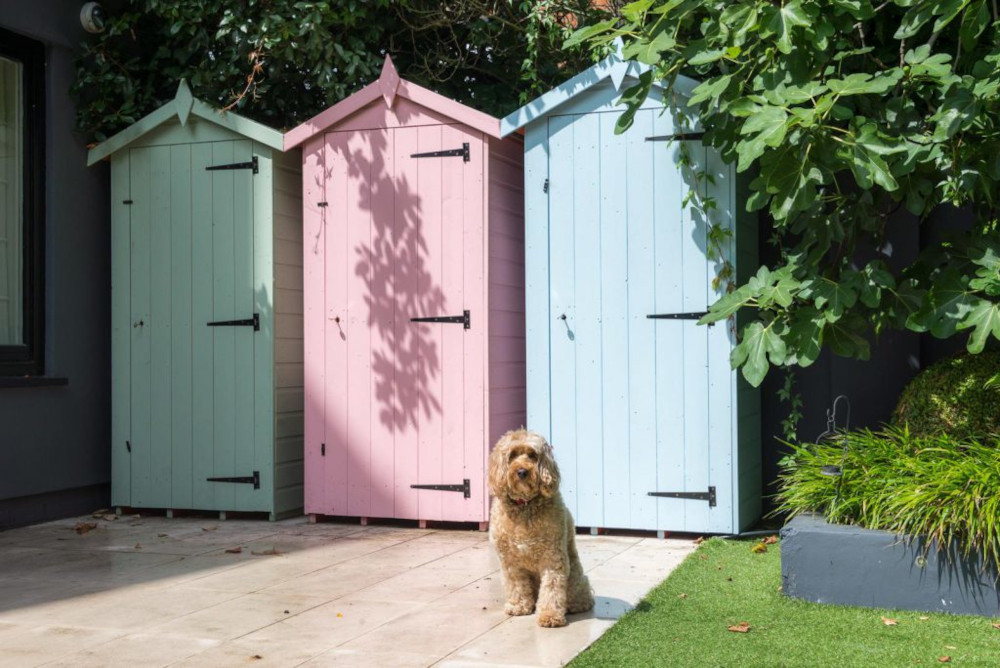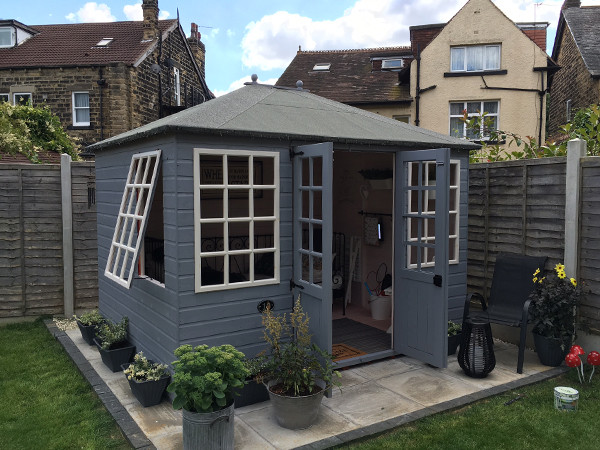How to Paint and maintain your Log Cabin
Published: 05/08/2020

Your log cabin is more than just somewhere you can kick back and relax with your friends after a hard day’s work. It’s also somewhere you can express yourself, to decorate as you like and to capture your identity through choice furnishings and personal touches. One of the simplest and most enjoyable ways to make your log cabin stand out from the rest is by giving it a lick of paint in whichever colour best suits you, your house and your garden. The great news is, with modern paint and today’s painting tools, you can have it looking exactly how you want it to look. But setting out to paint your garden building is actually more complicated than it first might seem. In this comprehensive guide, we’ll show you how to paint a log cabin and what paints you should be using to ensure long-term application and protection for the best results.
Choosing the right paint
Giving your log cabin a new lick of paint either to refresh it or to change its colour completely is a great way to add vibrancy to your garden. But it’s also important for keeping up its appearance and for making sure that the weather and mould don’t leave the cabin looking beaten up and run down. With that in mind, our first step when it comes to painting a cabin is to pick the right paint. Simply put, you’ll need to know what paint to use on log cabins. To make sure your log cabin retains its colour for as long as possible, you will want to use specialised paint that can stand up to the elements and come out triumphant. Specialist paints can protect against moisture and sun damage too, keeping your cabin structurally sound for longer. So what paint should you pick? The most common and, by extension, most popular kind of paint to use on a cabin exterior is acrylic-latex paint. Acrylic-latex paint dries quickly, looks great and better yet, provides a strong layer of protection against weather and mould wear. As a water based-material, acrylic-latex paint is much easier to apply and it’ll stay more supple for longer. In short, it’s ideal for the exteriors of not just log cabins, but pretty much any wooden surfaces that are exposed to the great outdoors. Other elements of your paint choice to consider are low-odour qualities and low levels of VOC (volatile organic compounds) – picking a paint with both of those elements is a good way to get consistent coatings across the board.
Painting your cabin
When the day comes for you to get down to painting your cabin, you’ll want to complete the job in stages. We’ve outlined how to paint your cabin in the following steps:
Wash and prepare the cabin – The first thing you’ll want to do before you start the actual painting process is to wash and clean the wood of your cabin. You should start by sanding the wood down as much as possible, removing flakes of existing paint that might be problematic and repairing any broken logs. Once you’ve done that and checked the cabin over for any other defects, you’ll want to wash the cabin down with water and wood-friendly detergent to clean off any mud, grime or other undesirable substances on the surface.
Apply preserver to your cabin – Preserver is a key ingredient to fortifying your cabin against everything from damp to mildew, and from adverse weather to natural aging. The preserver you’ll need for your cabin, once you’ve erected it, is designed to add a layer of protection to the wood, preventing mildew, mould, insects and other issues. Adding the preserver to your cabin before painting or priming is totally optional but it’s well worth taking the extra time and paying a little more to add protective preserver layers that keep everything at its best for longer. At Tiger Sheds, we have one of the best preservers on the market, available in four different colours to match your cabin and give it a layer of defence for long-term protection.
Apply an oil-based primer - Your next step should be to apply an oil-based primer to each stretch of wood you intend to paint on. Paint primers are designed to seal up any gaps and holes that you might find in the wood, thereby stopping wood-eating insects from getting in and ruining the materials. The primer will also do a marvellous job of keeping the wood insulated in the colder weather so it’s worth putting the extra work in to ensure the entirety of the cabin is covered and prepared for your first layer of acrylic-latex paint.
Paint your cabin - Now it’s time to actually get down to painting your cabin! Painting your cabin offers much more than just refreshing its colours and making it look attractive– cabin paint also weatherproofs the building, giving it everything it needs to stand up against whatever nature has to throw at it. With that in mind, it’s a good idea to add some extra protection to areas of high exposure by adding a clear top coat to ensure those spots are as weatherproof as possible. Paint in thin layers to avoid clumps or drips of paint, and generally, try to aim for at least two layers. Make sure you paint around midday or early afternoon to so that the paint isn’t affected by drops in temperature, and speaking of temperature, make sure you apply the paint on a reasonably warm day that isn’t too hot or too cold. Once everything is painted, check over the cabin to ensure you’ve hit every spot and then leave it to dry for a minimum of 24 hours.
Optional: Apply varnish or sealant to your cabin’s floorboards – One of the parts of your cabin that will see some of the heaviest wear will be the floorboards. With your and your visitor’s feet constantly running across the floor, some small blemishes may start to appear after a while. To protect the floorboards against this, you’ll want to apply a topcoat of breathable polyurethane sealant or varnish to each board, setting it evenly to get the most coverage. This will have the interior floor of your cabin looking better for longer. Once you’ve applied the last drop of paint, cleaned everything up, and switched from overalls and brush to a dressing gown and a cup of tea, you’re ready to step back and admire your handiwork. You will notice straightaway just how much a freshly painted cabin brightens up the garden, no matter what colour you picked. A good paint job, however, is nothing without a practical, well-made and attractive cabin to go with. We have got a fantastic range of log cabins here at Tiger Sheds in all shapes and size, and they all look great in any colour. Take a look at our collection here.











